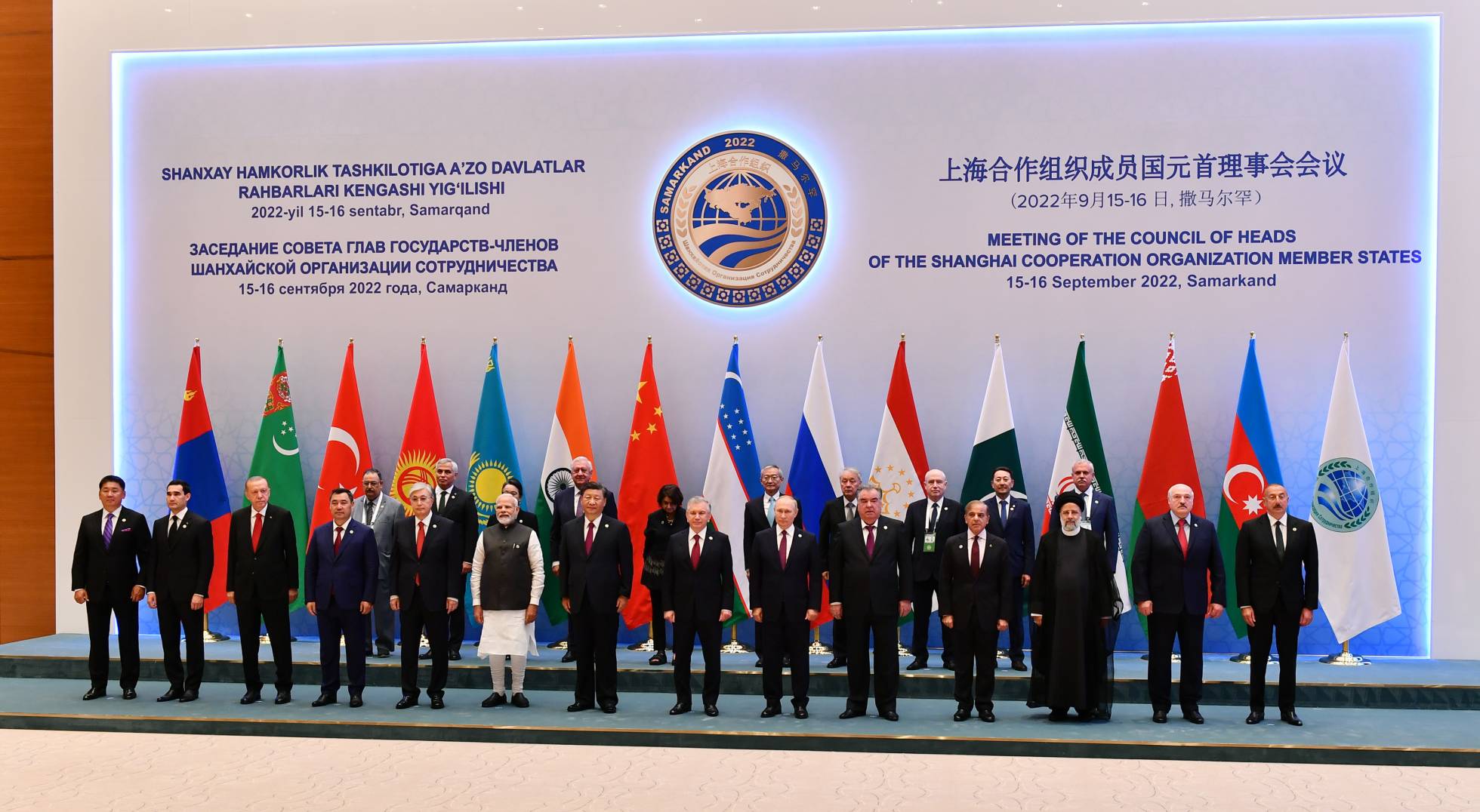As global trade enters a new phase of strategic recalibration, the interplay between the United States and Asia continues to dominate headlines. Across sectors, ranging from agriculture to technology, the spotlight is on evolving tariffs, deepening diplomatic fissures, and shifting supply chains that are redefining economic alliances.
U.S. tariffs are increasingly shaping the strategic calculus of Asian economies. The agricultural sector, long a cornerstone of U.S. exports, is seeing a notable shift: Southeast Asian nations such as Indonesia, Bangladesh, Vietnam, the Philippines, and Thailand are pledging to increase purchases of American wheat, corn, soymeal, and soybeans. The allure? U.S. goods currently outcompete those from traditional exporters on price and trade terms. Indonesia, for one, has committed to 1 million tons of U.S. wheat annually, while Bangladesh sources 700,000 tons, quantities once negligible. Vietnam, too, is ramping up corn imports and eyeing $2 billion worth of broader farm imports, putting U.S. agriculture back in the game across the region.
Still, not all news is bullish. The Asian Development Bank recently trimmed 2025 growth forecasts for developing Asia to 4.7%, down from earlier estimates, citing heightened trade uncertainty, weakening demand, and tariff risks. The ASEAN+3 outlook, including China, Japan, and South Korea, is even softer: projected at just 3.8% for 2025 and 3.6% for 2026, underscoring the chilling effect of trade friction.
Factory floors across Asia show signs of strain under U.S. policy pressures. July surveys find that manufacturing activity in export-heavy economies like China, Japan, and South Korea slipped into contraction. China’s PMI dropped to 49.5, Japan’s fell to 48.9, and South Korea, already in its sixth straight month of decline, registered 48.0. Even more telling, India remained an exception, showing growth, but its business confidence hit a three-year low amid sluggish trade and unresolved deals with Washington.
Further complicating matters, South Korea’s August exports underperformed expectations, weak demand from China and persistent tariff pressures. Notably, exports to Southeast Asia rose an impressive 11.9%, while shipments to Taiwan spiked 39.3%, driven by elevated chip demand. Semiconductor exports rose 27.1%, though petrochemical and petroleum goods declined.
The U.S. Commerce Department has revoked export waivers previously granted to South Korea’s Samsung and SK Hynix for their Chinese operations. That means these chipmaking stalwarts must now apply for licenses to ship U.S. tech to their China-based facilities, allowed only to maintain, not expand, operations. While the immediate damage is muted, the move signals a tightening of U.S. control over tech flows and reshapes the competitive dynamics of the global semiconductor arena.
Amid these economic tremors, strategic alignments are shifting. Chinese President Xi Jinping used a recent summit, flanked by Russian and Indian leaders, to champion a new global economic and security order centered on the “Global South,” offering a clear counterpoint to Western-centric structures.
Complementing this, commentary from The Guardian argues that U.S. tariff policy toward India has backfired, pushing India closer to China and other non-Western blocs. It posits that aggressive U.S. trade tactics may be undermining long-term alliances in favor of short-term gains.
Asian Development Bank. (2025, July 31). ADB lowers 2025 growth forecast for Asia-Pacific, cites weaker exports and local demand. DevelopmentAid. https://www.developmentaid.org/news-stream/post/198153/adb-lowers-2025-growth-forecast-for-asia-pacific-cites-weaker-exports-and-local-demand?utm_source=chatgpt.com
ASEAN+3 Macroeconomic Research Office. (2025, July). Quarterly update of the ASEAN+3 regional economic outlook (AREO), July 2025. AMRO. https://amro-asia.org/quarterly-update-of-the-asean3-regional-economic-outlook-areo-july-2025/?utm_source=chatgpt.com
Financial Times. (2025, September 1). US chipmaking curbs hit Samsung and SK Hynix. https://www.ft.com/content/fd77488c-d5f3-4677-ba90-cc7e8de74333?utm_source=chatgpt.com
Guardian Editorial. (2025, September 1). The Guardian view on Donald Trump and India: The tariff war that boosted China. The Guardian. https://www.theguardian.com/commentisfree/2025/sep/01/the-guardian-view-on-donald-trump-and-india-the-tariff-war-that-boosted-china?utm_source=chatgpt.com
Reuters. (2025, August 1). Asia’s factory activity worsens as U.S. trade uncertainty bites. https://www.reuters.com/world/china/global-economy-asias-factory-activity-worsens-us-trade-uncertainty-bites-2025-08-01/?utm_source=chatgpt.com
Reuters. (2025, August 28). Asia’s pledge to boost US farm imports may redraw trade flows. https://www.reuters.com/world/china/asias-pledge-boost-us-farm-imports-may-redraw-trade-flows-2025-08-28/?utm_source=chatgpt.com
Reuters. (2025, September 1). China’s Xi pushes a new global order, flanked by leaders of Russia and India. https://www.reuters.com/world/china/chinas-xi-pushes-new-global-order-flanked-by-leaders-russia-india-2025-09-01/?utm_source=chatgpt.com
Reuters. (2025, September 1). South Korea’s August exports miss forecast as U.S. tariffs weigh. https://www.reuters.com/world/china/south-korea-august-exports-miss-forecast-us-tariffs-weigh-2025-09-01/?utm_source=chatgpt.com








